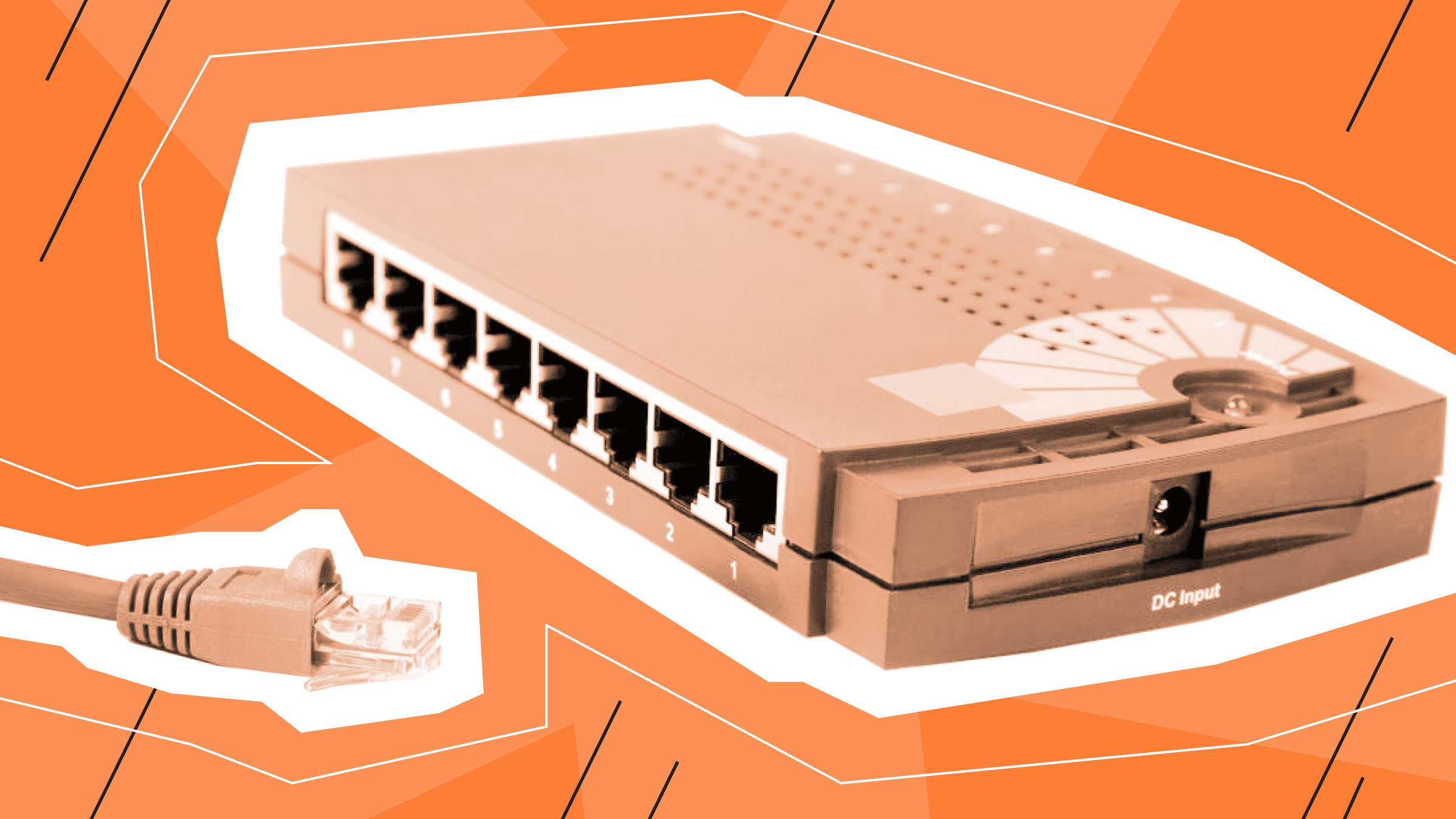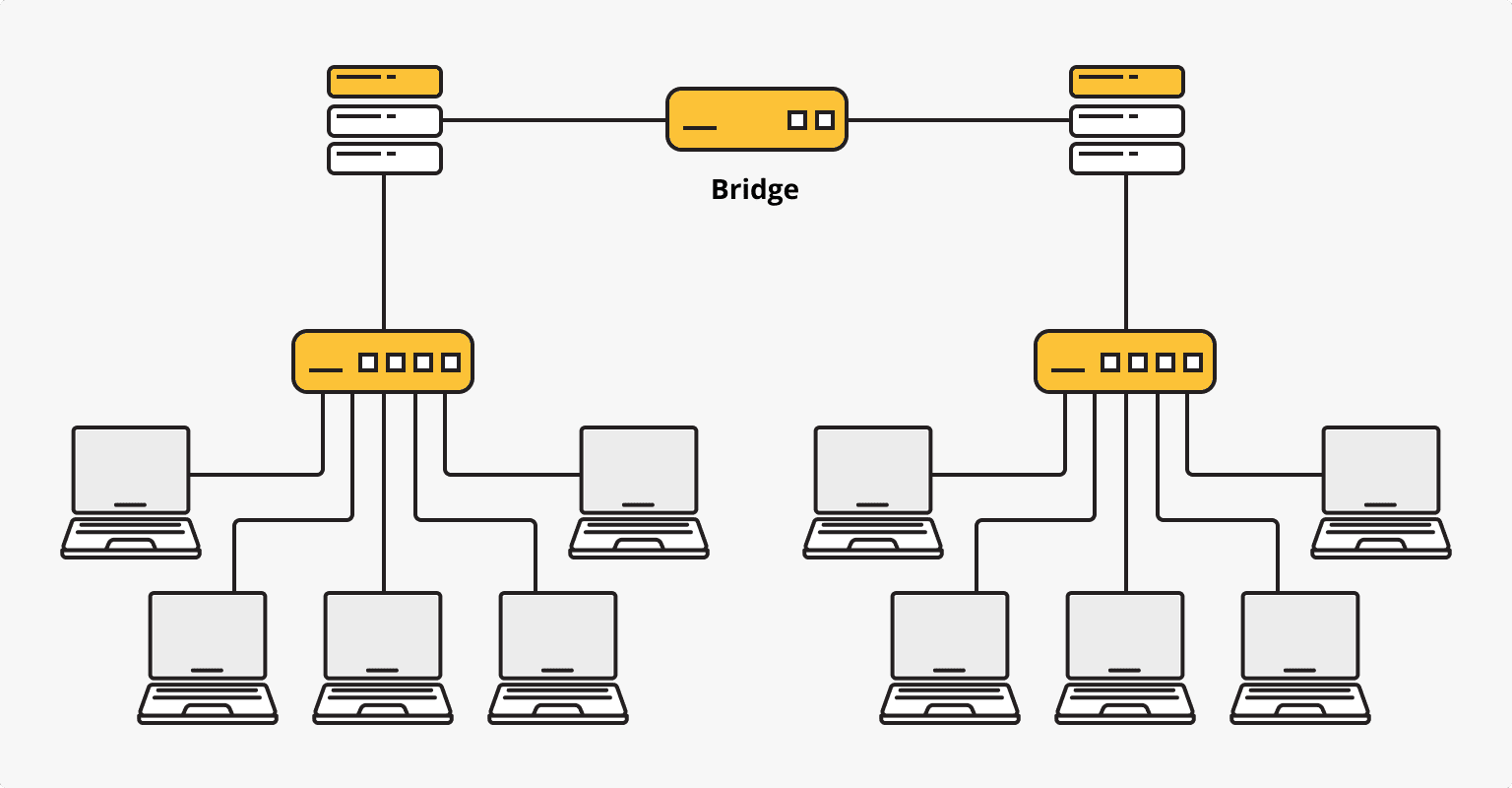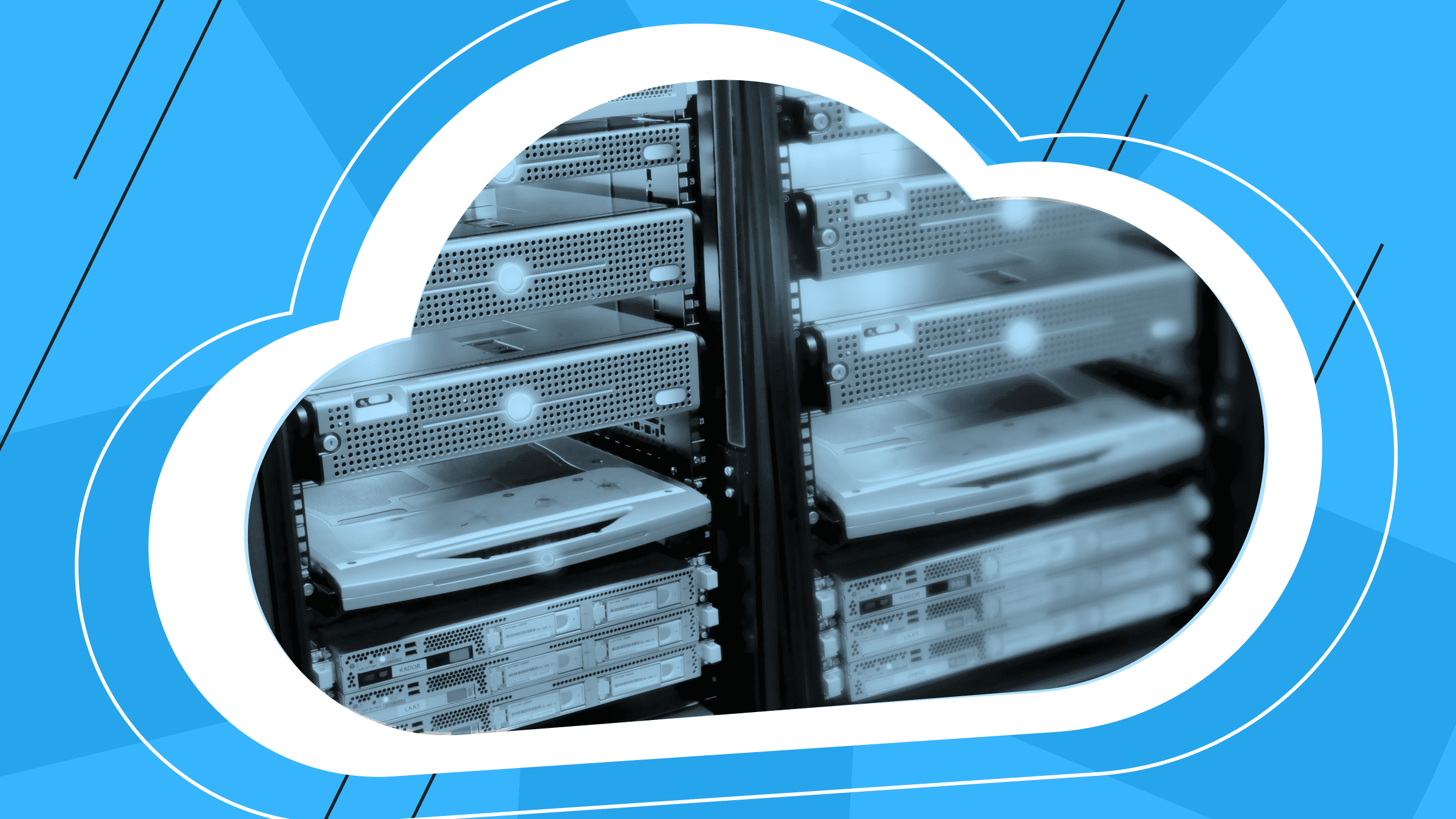
Is there still a reason to use a network bridge? In some setups, yes, especially when extending a local computer network or connecting containerized environments.
You may need to configure it through software, sometimes with a dedicated device. But a bridge can keep things simple when it’s the right tool in the right place.
Let's be real — bridges aren't really used that much these days. They've become a fairly specialized solution, mostly showing up in Linux systems and virtualized environments. Still, we'll tell you everything you need to know about network bridges anyway.
What Is a Bridge in Computer Networking?
When two networks need to act as one, the process is called network bridging.
A network bridge connects two separate Local Area Networks (LANs) segments, making them behave like a single network. The goal is to manage traffic more efficiently between network segments.
A bridge operates at the Open Systems Interconnection (OSI) model's Layer 2 (the data link layer). IP addresses don't matter there; only media access control (MAC) addresses matter. It looks at the destination MAC address, checks its table, and either forwards the frame or drops it.
Technically, a bridge can be a hardware device or a software-based setup (common in virtualization and container networking). Either way, it acts as a store-and-forward filter: learning where devices are located, storing that mapping, and forwarding traffic only when necessary.
How a Network Bridge Works

In a network bridge connection, data is transmitted as Ethernet frames, not IP packets, at the data link layer. Each frame includes two key fields: the source MAC address and the destination MAC address, each 48 bits (6 bytes) long.
A network bridge's primary role is to examine incoming network traffic, determine its destination based on MAC addresses, and decide whether to pass it along or drop it. Here’s how the process works:
- The bridge receives every frame from connected LAN segments (for example, LAN 1 and LAN 2).
- It reads the MAC address in the packet header and builds a MAC address table as it goes. This table maps devices to their respective sides of the bridge.
- If a packet originates from a device on LAN 1 and is destined for another device on LAN 1, the bridge ignores it — there is no need to send it across.
- If the destination address is on LAN 2, the bridge forwards the frame to that side.
- The same logic applies in the opposite direction: traffic from LAN 2 to LAN 1 is filtered and forwarded only when necessary.
When the bridge sees a MAC address it doesn’t recognize yet, it forwards the frame to all ports (except the one it came from). Once the destination replies, the bridge updates its table and records the address location.
Network bridges also use aging timers: if a MAC address hasn’t been seen for a while, it’s removed from the table to keep things clean and accurate.
Some bridges also use Spanning Tree Protocol (STP) to prevent loops in networks with multiple bridge paths. STP allows switches and bridges to discover the most efficient path through a network while temporarily disabling others to keep the topology loop-free. But in most basic setups, a single bridge is sufficient to keep local traffic local and reduce clutter on the wire.
Are Network Bridges Still Used?
Yes, network bridges are still the simplest solution in some cases.
Let’s say you’re using both wired and wireless connections: Ethernet for stability, and Wi-Fi for flexibility. You can use a network bridge to combine them into one local network. That way, devices connected to different interfaces can communicate directly as if they were on the same network, without changing the overall network configuration.
Another common use case is when you have a modem or router with limited ports and several computers to connect. In such setups, one machine can act as a host and share the connection with others using bridge mode.
You can also use bridges to segment an extensive network, reducing broadcast traffic and improving network segmentation. For example, traffic between devices in different parts of the LAN won’t flood the entire network.
In virtualized environments, bridges are often used to connect virtual machines (VMs) to physical networks. While they’re not security tools themselves, they can be part of high-availability setups, helping route network traffic between servers, assuming proper failover logic is in place. In this context, bridge-based network extensions enable seamless VM-to-VM and VM-to-host communication across segments.
Bridging in Docker: Default and User-Defined Networks
In containerized environments, like Docker, developers use bridge networks to connect containers on the same host. By default, Docker creates a bridge network named bridge when no other network is specified.
However, relying on the default bridge has limitations, especially in complex setups. That’s why user-defined bridges are more useful in most real-world projects.
In virtualized systems, a well-defined bridge setup allows precise traffic control between VMs or Docker containers, which can directly improve network performance under load. On Linux systems, this often requires manual configuration. For example, you could install bridge utilities and use tools like ip link to create and manage a custom bridge interface before attaching it to containers or virtual machines.
Default vs. User-Defined Bridges
Here’s why user-defined bridges are better:
- Better name resolution. Containers can communicate by name or alias without using --link or IP addresses.
- More flexibility. Containers can be attached or detached from user-defined networks on the fly — no need to stop or recreate them.
- Custom configuration. You can define subnets, gateways, and aliases using docker network create or docker-compose.yml.
- Improved isolation. Containers stay off the public network unless explicitly exposed, reducing the attack surface.
In Docker, using a user-defined bridge gives you more control over container communication. It can directly affect network performance, especially in cases where consistent network performance is critical for application behavior.
Virtual Private Server
More power, less cost. VPS with NVMe speed, 40+ locations, managed or unmanaged — your choice.
Types of Bridges in a Computer Network
Some bridges are basic, while others handle more complex scenarios, such as protocol differences or multiple LANs. Here are the types of bridges you need to know:
Transparent Bridge
This is the most common type. It automatically learns MAC addresses, updates its forwarding table in real-time, and filters traffic without requiring configuration on the connected devices.
Simple bridges and multiport bridges both fall into this category:
- A simple bridge connects just two LAN segments.
- A multiport bridge connects three or more networks and behaves like a basic switch.
A LAN bridge is a general term for any bridge that operates within a local area network. It connects two or more network segments and helps manage traffic between them. In most modern Ethernet-based environments, a LAN bridge doesn’t require manual configuration on the connected devices. It sits between them and handles network traffic forwarding based on MAC addresses.
Translational Bridge
This type of bridge is used when the networks on either side run different LAN protocols — like Ethernet on one side and Token Ring on the other. The bridge converts frame formats so communication remains intact between otherwise incompatible systems.
A Token Ring network bridge is a special case of a translational bridge. It connects a Token Ring network to a network using a different LAN protocol, such as Ethernet, or can operate when both sides use the same protocol.
Encapsulation Bridge
Encapsulation bridges allow similar LANs to communicate over a different network. For example, two Ethernet-based LANs might be linked via a wide area network that runs an entirely different protocol. The bridge wraps the frame before sending it across and unwraps it on the other side.
Can I Bridge Two Wi-Fi Networks?

Yes. Many modern routers support wireless bridge mode, allowing you to connect two separate Wi-Fi networks and merge them into a single network.
Bridging devices support different types of connections:
- Wi-Fi to Wi-Fi bridges can connect two wireless routers or access points to extend a local network.
- Wi-Fi to Ethernet bridges allow wired devices to connect to a wireless network.
Be aware that using a bridge in a wireless network may reduce connection speeds.
How to Bridge Two Wi-Fi Networks?
You’ll need two Wi-Fi routers (one for each network). Ideally, these should be small office/home office-class routers that support both wireless and Ethernet connections.
To set up the bridge:
- On the first router (main), check the Service Set Identifier (SSID) and Wi-Fi password.
- On the second router, enable Wireless Bridge Mode and enter the SSID and password from the first router.
Once the bridge configuration is complete, all devices on the second network will be able to access the Internet and local resources (like a server or modem) from the first network.
How Do Network Bridges Differ from Similar Devices?

Although network bridges can be compared to repeaters, routers, and switches, each serves a different purpose. The main differences lie in the OSI model where they operate and in how much control they exert over network traffic.
Network Bridge vs. Repeater
A repeater operates at the physical layer (Layer 1) and does not read addresses, unlike a bridge, which operates at Layer 2. Repeaters are used mainly to extend the physical distance a signal can travel. They do not interconnect networks or filter transmitted traffic in any way, whereas network bridges decide whether to transmit or discard a data packet.
Network Bridge vs. Router
Unlike bridges, routers are not designed to filter at the MAC address level. They operate at the network layer using IP addresses and can perform some of a bridge's functions, such as analyzing, filtering, and forwarding data packets. However, unlike bridges, routers can adapt to network changes and isolate network segments, protecting against unauthorized access with the network layer basics.
Network Bridge vs. Switch
Both bridges and switches operate at the data link layer (Layer 2) and forward traffic using MAC addresses. The key differences are scale and performance.
A bridge typically connects two network segments and processes traffic in software, while a switch has multiple hardware ports and is optimized for speed and efficiency. Bridges use the CPU to process traffic packets, whereas switches rely on specialized microchips to speed up the process.
In most modern networks, switches have largely replaced traditional bridges, offering the ability to connect multiple network segments. Still, one of the simplest ways to ease network congestion in a flat LAN is to segment it with a bridge — especially when switches aren't an option.
Conclusion: Do You Need a Network Bridge?
Not everyone needs a network bridge, but in the right setup, it solves problems without overengineering. When working with multiple segments of a computer network, a bridge can cleanly manage data flow without adding complexity.
In modern infrastructures, switches have taken over most of the traditional roles. Still, bridges haven’t disappeared; they’ve just moved into software. You’ll find them inside container platforms like Docker, virtual machines, and hybrid setups, where a network bridge connects multiple devices across different system parts.
So, a network bridge is a specific solution that still fits, especially when data frames need to move smoothly between isolated parts of a computer network. If you want a clear way to join segments without touching Layer 3 routing, network bridging does precisely that, and it's easy to set up.
And yes — in the right use case, a bridge still plays a valuable role in a well-structured computer network.
Personal VPN
Stay anonymous online with a dedicated IP and don't endanger your personal data.
Get $6.99/mo

